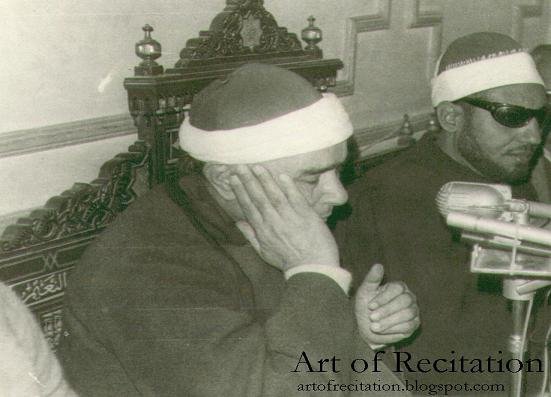
When it comes to understanding Maqamat the context of what is written here is about vocal Maqam. The human voice is much more important than any instrument. The musician needs to think how to make the sound on an instrument whereas a singer can spontaneously make the sound without a need for tuning.
The Maqamat are 7 in their roots or foundations. Each Maqam is said to be a street or a way. Each Maqam also has its branches or derivations and examples of this will be given later.
Example Lessons on Maqamat
In order to understand the Maqamat, it is necessary to know the scales of Arabic Music first. Here is a quick overview of the 'darajaat'or 'scales' :
Maqam Bayati - maqam used for gentleness, light joy, vitality,
Maqam Rast - masculine, power, soundness of mind,
Maqam Rast - Jawab (High Tone)
Maqam Saba - literally in Arabic, baby boy; used for sadness, tragic, lamenting, pain
Maqam Hujaz - which is named after a region in arabia; distant longing, desert, solemn,invocation
Maqam Nahawand - named after a city in Iran, resolution, seriousness, discourse
Maqam Nahawand- Jawab (High Tone)
Maqam Seeka - from the Persian for "third place", serious, love
Maqam Jiharkah -
Maqam Ajam - named after the Arabic word for "Iranian", is used to mark happy occasions such as holidays, weddings, and other joyous occasions
Art of Recitation Site Pages:
-
▼
2007
(13)
- ► February 2007 (8)
- ▼ March 2007 (2)
- ► September 2007 (2)
Friday, March 2, 2007
Maqamat - Arabic Musical Modes
Posted by
A Reciter
at
4:46 PM
![]()

